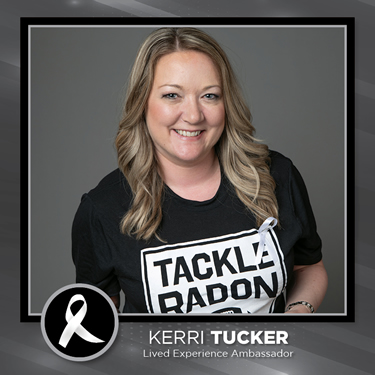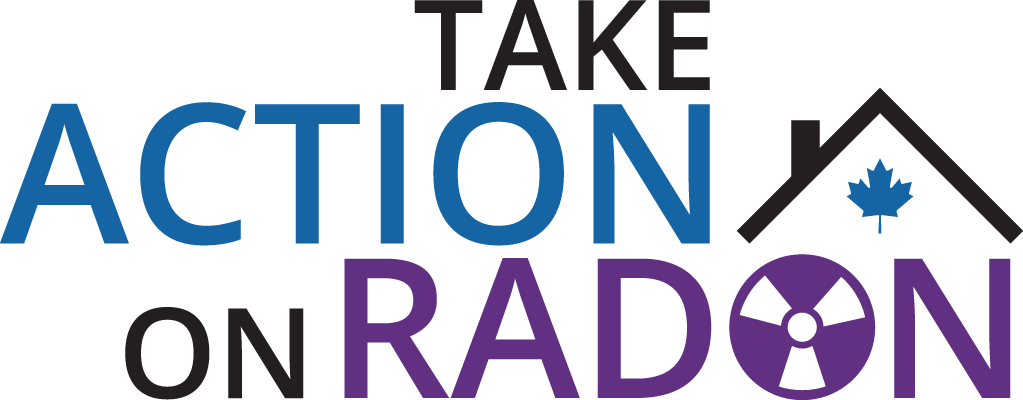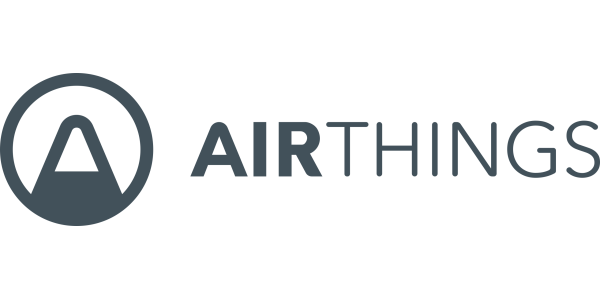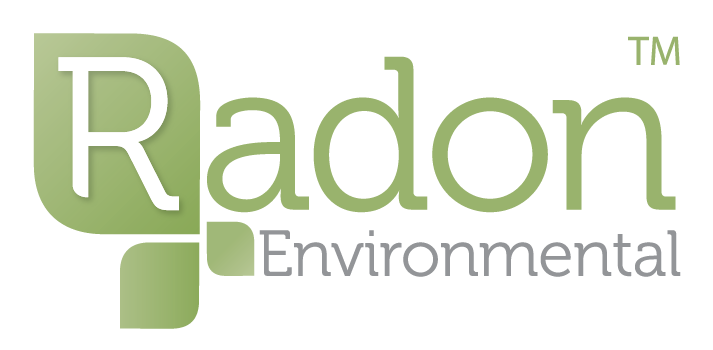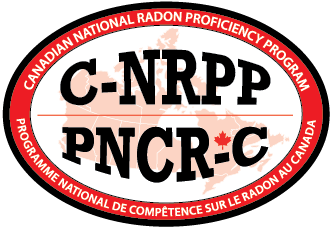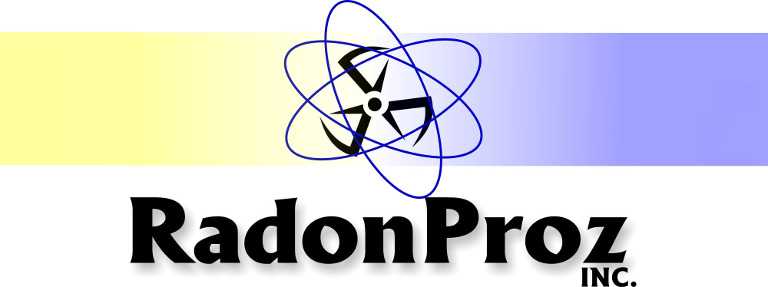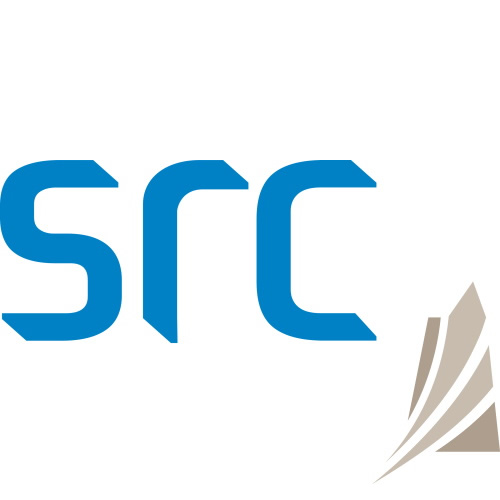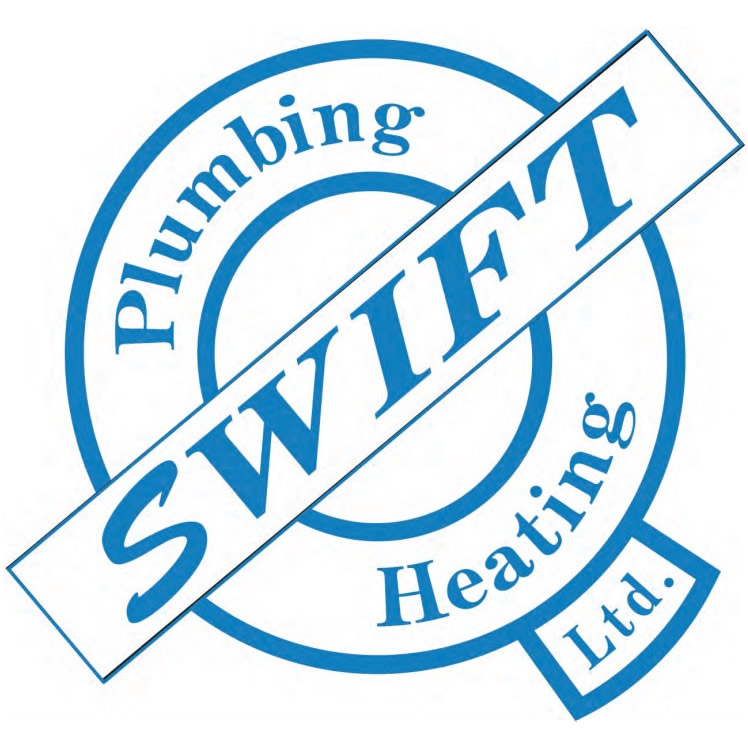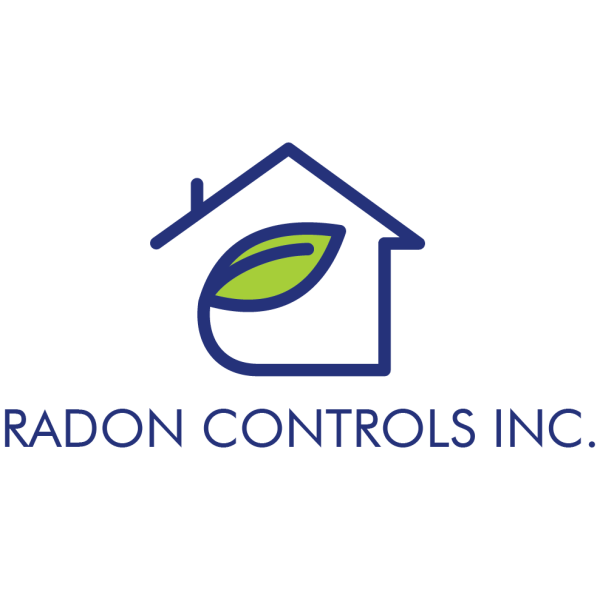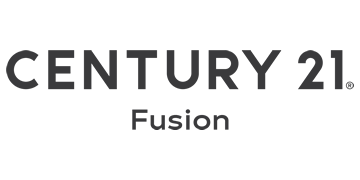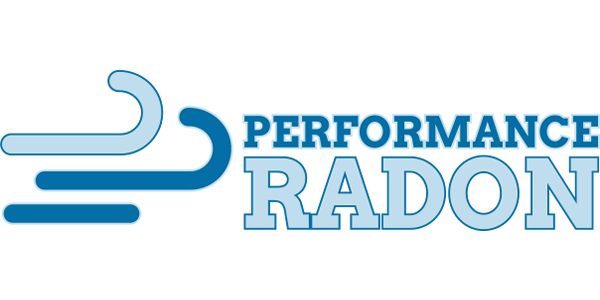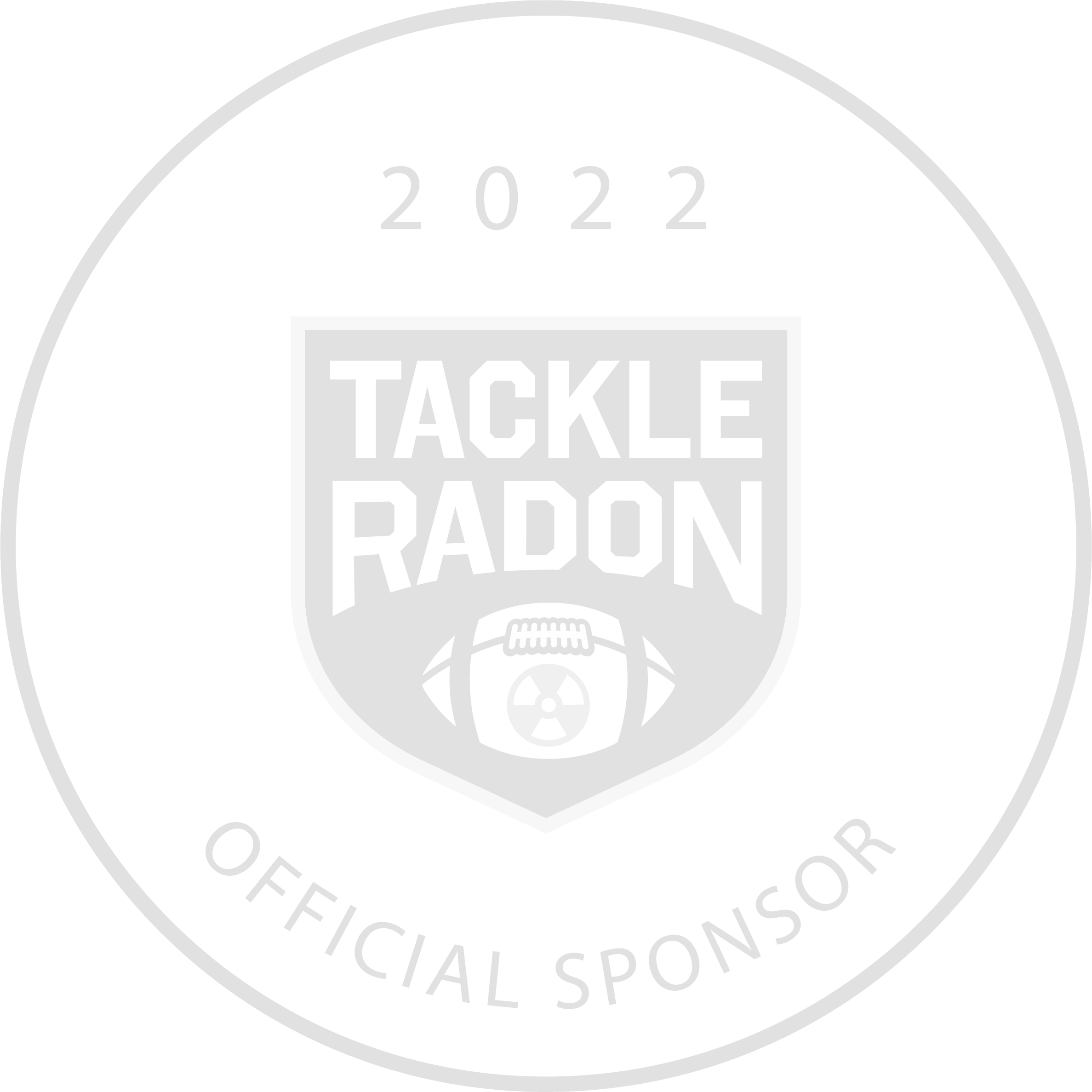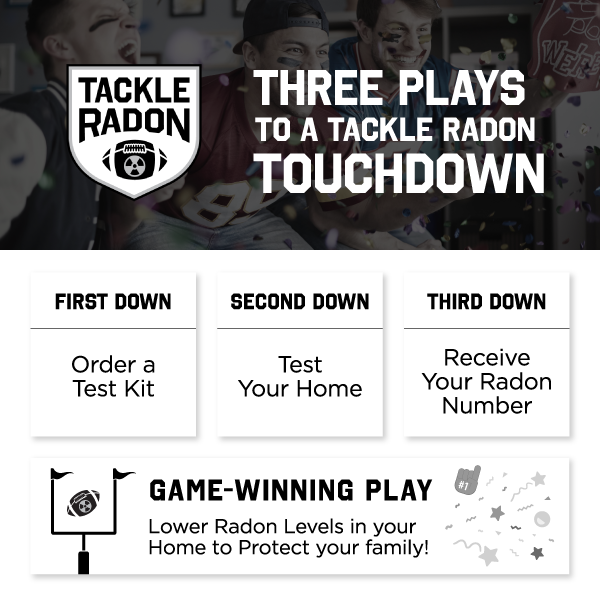Techniques to lower radon levels are effective and can save lives. Radon levels in most homes can be reduced by more than 80% for about the same cost as other common home repairs such as replacing the furnace or air conditioner.
What can I do if I have high levels of radon in my home?
The best way to lower radon levels is with a certified radon mitigation (reduction) professional who is certified with the Canadian - National Radon Proficiency Program (C-NRPP). They are trained to properly assess your home and design systems that efficiently and effectively reduce your radon level.
A radon mitigation system is installed so a fan draws air (and radon) up from beneath the foundation to the outdoors. This way it does not enter the home.
Often, the work involved to reduce radon levels can be done in one day comparable to a new furnace.
Depending on the year of construction of a home, building codes require installation of a radon stub pipe through the foundation of the house. This is not a mitigation system, but simply a rough in. It will NOT reduce radon levels without an installed system.
Learn more about reducing radon from Health Canada's Radon Reduction Guide: www.canada.ca/en/health-canada/services/environmental-workplace-health/reports-publications/radiation/radon-reduction-guide-canadians-health-canada-2013.html.
Find a C-NRPP Certified Radon Reduction Mitigation Professional near you at www.c-nrpp.ca.


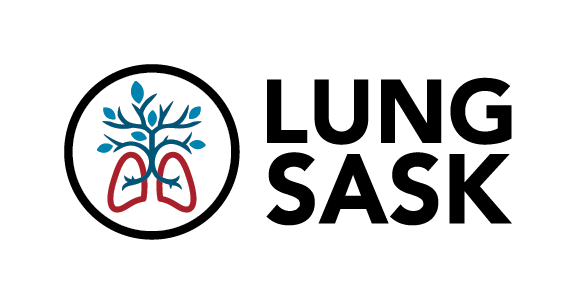
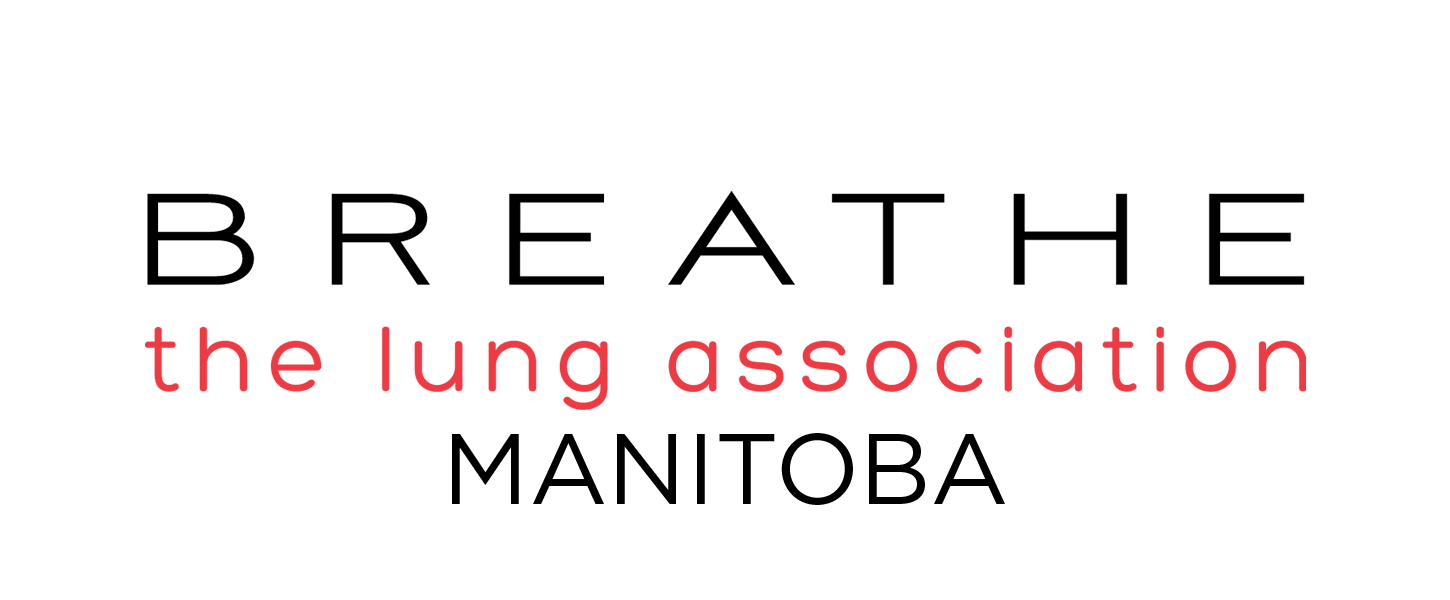


 Order Your Radon Test
Order Your Radon Test






